Warrior Web
Mech suits may be part of real world sooner than we think. The Defense Advanced Research Projects Agency (DARPA) is solving the problem of weight. Soldiers have to carry heavy loads of equipment and the Warrior Web looks to make that burden easier for soldiers. The Warrior web uses a sort of mechanical exoskeleton to augment the soldier’s strength.
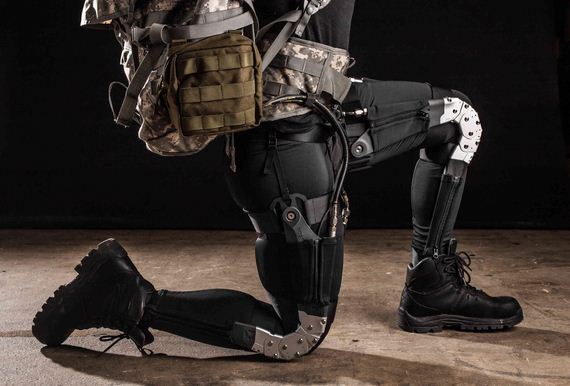
MOIRE (Membrane Optic Imager Real-Time Exploitation)
MOIRE is a project that looks to make spying on enemies much cheaper and more extensive. DARPA is attempting to give US Intelligence and military agencies opportunities to be everywhere. Think NSA but on crack…so everyone will lose more privacy.
MOIRE is working on a thing called optical membrane. These membranes will work like a camera lens but will be lighter and cheaper therefore they can launch more of them to monitor everything. The membranes will unfold in space to make 66-foot wide lenses capable of seeing an object three feet across from 22,000 miles away.

LS3 (Legged Squad Support System)
We’ve all seen the LS3 all over the internet it’s a robot like horse that can carry things around. The Aim with this project is to allow this robot to delivery necessary items to soldiers on the field without putting other soldiers at risk to deliver the items.
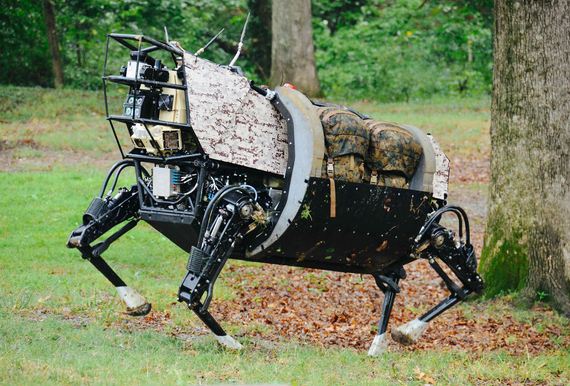
DARPA Robotics Challenge
Looks like they’re trying to also phase out humans on the battlefield. Can anyone say Terminator Judgement Day? Any way, DARPA is looking to make a number of technological breakthroughs in the area of autonomous robotics such as increases in the strength, dexterity, and endurance possible for mechanical beings.
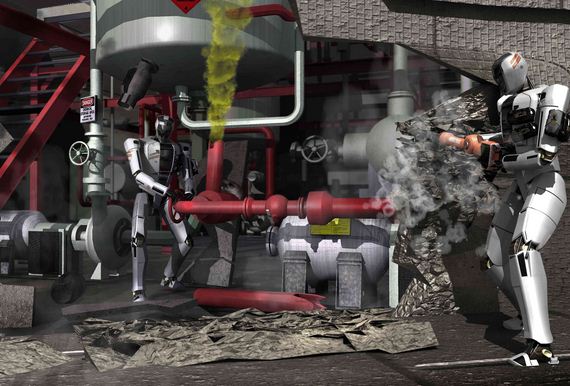
IVN (In Vivo Nanoplatforms)
IVN is a program that is working on nanoparticles that will swim around in the bodies of soldiers which will analyze their health. But that’s just not the only thing, they are also working on nanoparticles that will be able to “fix” or “heal” a soldier if they encounter a disease or some sort of ailment.
When a soldier gets sick on the battlefield it can be rather inconvenient to get him or her to a doctor to find out what’s wrong. That’s why DARPA is working on microscopic nanoparticles that swim around in the bodies of warfighters analyzing their health. The IVN program is also working on nanoparticles that can actively fight disease or injury. Who’s ready for their injection?

ACTUV (Anti-Submarine Warfare Continuous Trail Unmanned Vehicle)
During the Cold War, the problem of keeping track of Soviet submarines was enough to give the Secretaries of Defense and Navy night sweats. Since the end of the USSR, that threat has somewhat diminished, but that hasn’t stopped DARPA from trying to squash it entirely. ACTUV is intended to be an autonomous submarine-tracking vessel roaming the world’s oceans, looking for enemy subs, following them around, and reporting their positions. It could also potentially take them out, if necessary. The ACTUV would motor around in the water for months at a time without any of the restrictions that come with having humans on board. Think of it as a sort of drone for the sea.
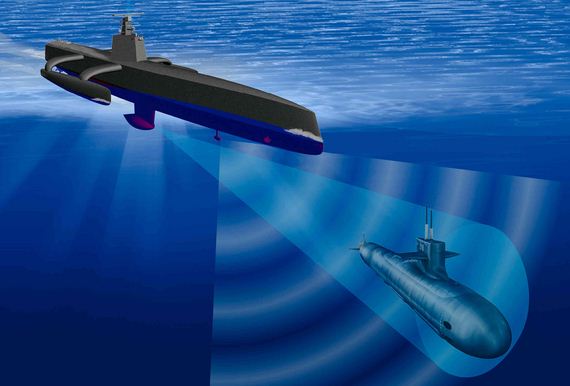
Revolutionizing Prosthetics
Remember when Darth Vader chopped Luke Skywalker’s hand off with a light saber and he got it replaced with a robot one? Well, DARPA has a program for that. It’s called Revolutionizing Prosthetics and its goal is to produce robotic arm and hand replacements that restore most (if not all) original functions with control coming directly from the amputee’s brain. The highly dexterous limbs produced are also being fitted to robots.
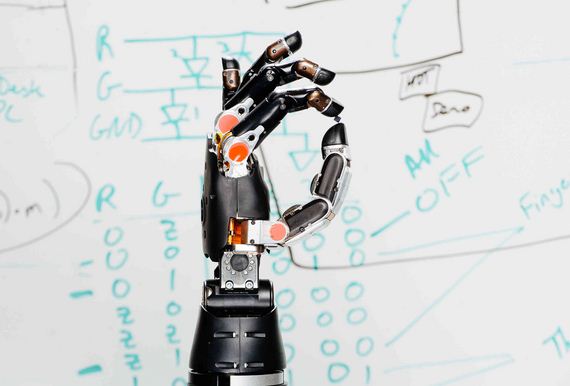
ALASA (Airborne Launch Assist Space Access)
Rockets are expensive and launching satellites into space so that you can watch DirecTV can get very costly. The goal of ALASA is to find a way to launch a 100-pound satellite into low earth orbit (LEO) for less than a million dollars. To do so, the launch rocket will hitch a ride on an Air Force fighter plane like the F-15.
Of course, DARPA isn’t really concerned about people watching Game of Thrones or finding places with their GPS. It turns out that the military and various government agencies are always jockeying for position at the few rocket launch sites across the country. If they can find a way to launch a satellite from any old runway, though, it would solve a whole bunch of problems for the Department of Defense.
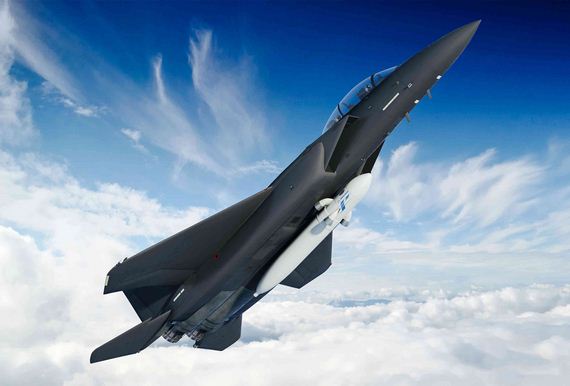
EXACTO (Extreme Accuracy Tasked Ordinance)
Hey, wouldn’t it be great if bullets could steer themselves? Well that’s the premise behind EXACTO. According to DARPA, this project aims to dramatically increase the accuracy and speed with which snipers can dispatch their targets. EXACTO is a .50 caliber bullet that is capable of changing direction in flight. But DARPA’s not about to tell you how it works. The official image doesn’t show any kind of fins that could steer the bullet, so how it turns is anyone’s guess. EXACTO has been live fire-tested and was able to hit targets over a mile away that the gun wasn’t even aimed at.
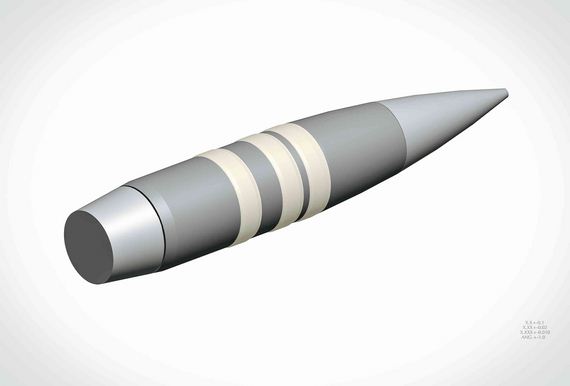
 Barnorama All Fun In The Barn
Barnorama All Fun In The Barn